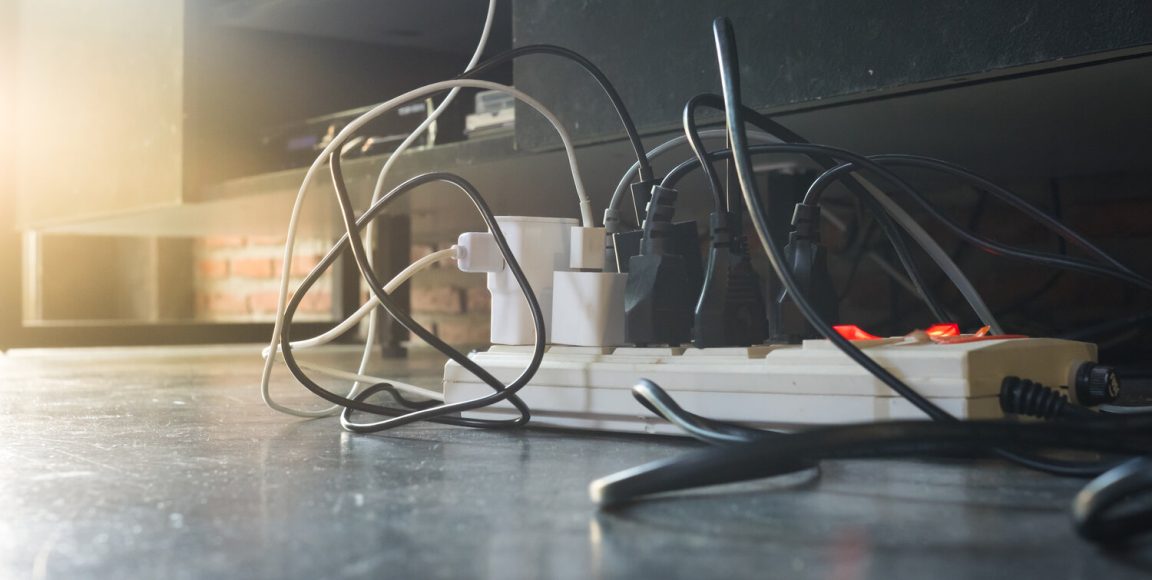Have you ever been through a flooded basement? It’s enough to scare anyone, but it happens.
Not only is the basement a great hideout for family pets, but it’s also the perfect spot for a home office, a workshop, a mini-library, or a haven for two-legged hermit crabs.
The mere thought of losing precious items and your home itself can leave you reeling. To make matters worse, the event has already taken place, and now your next steps need to be decided.
Below, we’ve laid out everything you need to do to preserve your basement and your items afterward.
Immediately Shut Off the Power
By doing so, you will help reduce the risk of potential electrocution or fire hazards. This can be done by unplugging all major appliances and turning off the breaker that supplies power to the area. You should also unplug any electronic gadgets or equipment that may be in the basement before the power is shut off.
If possible, move them to a higher, drier area in your home. Finally, call a licensed electrician to inspect the area and make sure that there are no electrical hazards remaining.
Remove Furniture, Rugs, and Other Items
Move furniture to higher ground and place large items, rugs, and mats away from the wet area. Make sure to wear protective gear such as rubber gloves, masks and glasses while helping to prevent any further injury.
Once the items are dropped off in a safe area, be sure to dry them off and allow them to air dry. This will reduce the chance of damage such as mildew and bacteria buildup.
Pump Out the Water With a Sump or Wet Vac
A sump or wet vac can be rented from many home improvement stores. This process will remove all the standing water from the basement. After the water is removed, there’s still the task of determining the cause of basement flooding.
This will help prevent flooding in the future. Before using the sump or wet vac, the area should be examined to make sure the power outlets are in good condition and no debris has been left behind.
After removing the water from the basement, it is important for the area to be dried. This can be done with fans, dehumidifiers, and air circulation.
Dispose of Any Materials That Can’t Be Salvaged or Restored
If your basement floods, one of the proper steps to take is to dispose of any materials that cannot be salvaged or restored. Flood damage restoration is the process of restoring and cleaning your flooded basement. Getting professional help may be essential especially when dealing with contaminated waters.
Cleaning up items that may have been ruined and damaged by the flooding is a priority. Anything that is beyond restorable needs to be disposed of. This includes drywall, furniture, rugs, and other materials. These can often contain contaminants that can cause added damage to your home and will have to be disposed of.
Take Care of a Flooded Basement Effectively
A flooded basement can be a major source of property damage and can be difficult to handle. When this happens, it is important to act by turning off the water main and contacting a certified plumber or water restoration professional.
Don’t hesitate, act now to cut the damage and increase the chances of recovery. With the right help, you can turn a difficult situation into a fresh start.
Need more information on other similar topics? Look no further, and browse through our blog to get the help you need.



